(Don't forget to watch the prelude.)
(mid-February 2023)
A couple entries or so ago I relayed how I helped a friend of mine brew a red mole table beer. Having brewed or helped brew beer a few times now, I am convinced that 90+% of the brewing process can accurately be described as moving water around.
"Put water in here so we can heat it up."
"Now put the water in here so it drains into this other vessel."
"Here, turn this valve on so the water flows through this contraption to cool the other water."
And so on.
Well, the day to sample came and I made a return visit. For the occasion, I got some Mexican takeout from Taqueria El Jalapeño.
On the drive over, I was desperately hoping that I hadn’t ruined the beer. Even if it turned out to be mediocre because there was too much of this or not enough of that, I just didn’t want to be at fault for an infection that produced an off flavor and thusly a ruined batch of beer. I swear that I cleaned with the sanitizer as instructed!
When I arrived, I found out that my friend had already sampled our creation and thought that it turned out well. As did his wife. Whew! Even before I had my shoes off, I was handed a glass for sampling. Taking a sip, I found that I agreed. It was delicious. The cinnamon and chocolate were mainly accents and he wants to add more cocoa bits to the next batch. (I think this was the 4th or 5th time he’s brewed it.) It had a nice spicy chipotle flavor with a moderate amount of heat that went away quickly. If I recall correctly, it turned out to be around 4.5% A.B.V. so, while not a table beer in the older, more traditional sense, it was still a fairly low alcohol brew for an American beer in 2023.
That 6 hour brew day was worth it. Success!
********
My gaming friends and I have started playing a new game called Twilight:2000.
The premise is that, in the mid-1990s while Bill Clinton was having fun with Monica Lewinsky, the Soviets lifted the Iron Curtain and Ivan marched west. And so World War III breaks out with Western powers uniting against the Russians. There are limited nuclear engagements and the Russkies manage to gain territory. The starter kit we have has scenarios that take place in Sweden and Poland. We played the latter.
It is now the year 2000. The Western allies launch Operation Reset in an attempt to push the Russians out of Poland. The results are disastrous and Western forces are making a strategic advance to the rear.
My friends and I are all that’s left of a platoon and we are heading west in our Humvee towards the German border where we are to meet up with the remaining troops and, well, formulate Plan B, I guess. But Ivan lurks with his explosive devices at the side of the road. Plus, there are friendly stragglers here and there and then there are the locals whose allegiances are not always clear or who are, perhaps, just looking to survive.
In one instance, we were driving down a highway and saw smoke ahead. We already felt unsafe as there were cars in the opposite lanes heading towards the Russkies. Would they turn around and attack us from the rear?
We got closer and found the smoke to be from an overturned Humvee at the side of the road on fire. A pickup truck was farther off in the ditch surrounded by corpses. Do we rush in to help our fallen comrades? Or do we approach with caution in case this was the bait for an ambush?
We ended the session just south of Ostrów Wielkopolski with some injured comrades in back and a need to find some water and fuel.
********
A friend of mine who is also a big fan of the cinema occasionally sends me links to Youtube videos by another cinephile who pontificates with the best of them on all things movies. One video was entitled something like “The Top 10 Movies You’ve Never Seen”. Well, it was true. I’d never even heard of these movies, much less seen them. And so I threw the ones that looked interesting onto my To-Watch list only to find that they’re not exactly easy to come by. I didn’t see any of them for rent at Madison’s best (and only?) video rental store, Four Star. No copies at the library. Searches on our Roku either came up empty or informed me that I needed to pay for yet another streaming service.
Well, I finally got a hold of one of these movies: the “documentary” As I Was Moving Ahead Occasionally I Saw Brief Glimpses of Beauty by Jonas Mekas.
According to Wikipedia, Mekas was a notable experimental filmmaker in New York City where he “mentored and supported” a variety of filmmakers, helped launch the writing careers of some notable film critics, co-founded Anthology Film Archives, The Film-Makers’ Cooperative, and the journal Film Culture. And, of course, he made experimental/avant-garde films.
A man of no small accomplishment in the world of cinema, yet I’d never heard of him.
As I Was Moving Ahead Occasionally I Saw Brief Glimpses of Beauty was released in 2000 and is the exact opposite of a big budget narrative film full of actors with perfect coifs and tons of makeup doing 14 impossible things before breakfast. It’s a documentary, I guess, insofar as it documents things, but this is no film with talking heads imparting their expert knowledge of a subject.
Instead, it’s a compilation of Mekas’ home movies shot on 16mm over the course of 30 or so years, roughly 1970-1999. Instead of big, grandiose events that shake the world, he chronicles his life – the quotidian rhythms and routines punctuated by trips away from the city or visits from friends and family.
The audio is sometimes the sounds of the scenes we witness while at other times we hear music. Occasionally Mekas plays accordion and sings. And there are long periods where he narrates and philosophizes as the images go by.
At one point he admits that his images are banal, that he introduces no suspense. He says it's all just daily routines and that life is basically the same stuff over and over.
We watch his as his children grow up – we even see the birth of one – over the course of the film.
We also get a lot of scenes of New York City, including many taken during winter as people go about their business as others shovel the sidewalks.
Mekas occasionally throws in title cards with a handful being repeated. One says “this is a political film” while another concedes “nothing happens in this film”.
The best way I can describe this movie is that it’s a lot of personal rumination and reflection with a large dose of city symphony thrown in for good measure. Mekas was 78 when it was released so it is difficult not to view it as an old man simply looking back on his life as death creeps nearer. (He would live another 19 years or so.) At one point he intones, “Some of the memories - no they never really go away. Nothing ever goes away.”
While there were some neat elements here such as a series of shots that begins with his wife’s face and then goes to his face to his cat’s face to his daughter’s face. I also really enjoyed the times he sang whether he accompanied himself on accordion or not. He may not have been the most technically gifted singer and musician, but I found these passages to be very genuine, very moving.
My biggest gripe was that the movie is nearly 5 hours long. Obviously an extremely personal endeavor, I suspect the film’s length had more to do with its creator feeling a sense of satisfaction with having reckoned with his life than any accommodation of audience expectations. I watched it all, partially out of respect for the work that Mekas put into it, but also to be able to consider that Youtube guy’s argument for the film’s greatness. In the end, I just cannot share that opinion.
I was quite surprised when the movie cut to a scene from right here in Madison.
I anxiously waited for the title card to disappear to reveal where he had shot the snowball fight. When the shots appeared, I did not recognize the area.
One building looked a bit like the old Longfellow School but I quickly disabused myself of that notion. I just didn’t recognize any of the buildings in that scene and, having seen a lot of old photographs of Madison, didn’t think those shots were filmed here. Mekas had mislabeled his film canisters, methinks.
Another movie on that guy’s rarely seen greatest of all-time list is a documentary that chronicles the Chinese equivalent of a Rust Belt city called Tie Xi Qu: West of the Tracks. It runs over 9 hours. That will have to wait for another day.
********
I am happy to report that construction on my neighbor’s house has begun.
Now why those 2 walls were kept instead of just building the whole thing from scratch is beyond me. Still, I am pleased that there is no longer a ruin nearby to harbor critters and that our neighbor will once again have a home.
********
I have bought 2 albums so far this year. Here is the first:
The Latin means “Today Christ is Born”. The Boston Camerata is an early music ensemble from – quelle surprise! – Boston. It is comprised of 5 women. Two contribute voice, another voice, hurdy-gurdy, & bells, and two who don’t sing but instead between them play the harp, woodwinds, & a couple proto-violins – the vielle and rebec.
I first heard the song “Uterus Hodie Virginis Floruit”, which I think is Latin for “Today the Womb of the Virgin Blooms”, on a Canadian radio program. It comes from 12th century Aquitaine courtesy of an unknown composer. It’s a beautiful, reflective piece of music with the voices of the 3 performers and one of those medieval predecessors of the violin that I think is a vielle.
At some point in the past I took a shine to the wonderful drone of the
hurdy gurdy and, so far, most of my favorites here feature it. “Adest
Sponsus (The Bridgeroom is Here)” has a lovely, almost lilting, melody
established by the hurdy gurdy and picked up by voices. The liner notes
say it’s part of the Sponsus miracle play from the mid-11th century
which dramatizes the Parable of the Ten Virgins. In “Gregis Pastor (The
Shepherd of the Flock[?])" each singer gets a chance to sing solo and
their vocal melodies mirror the hurdy gurdy but with a little tweak here
and there. This is apparently an adaptation of a Gregorian chant.
While I understand that Easter was the big Christian holiday back in the Middle Ages and Christmas rather minor in comparison, it’s interesting how the songs here that reference the birth of Christ in their titles generally sound contemplative instead of being upbeat party tunes. I can only imagine that medieval Easter hymns must all be dirges full of somber singing and melancholy music. Or were Easter tunes actually the party songs, celebrating salvation?
Regardless, the music on this album is just beautiful. Highly recommended and the folks at Madcity Music would be happy to get you a copy.
********
Bonus photo. Here’s a picture of Piper taken on a beautiful, sunny winter day as she was hanging out with me while I was working from home.

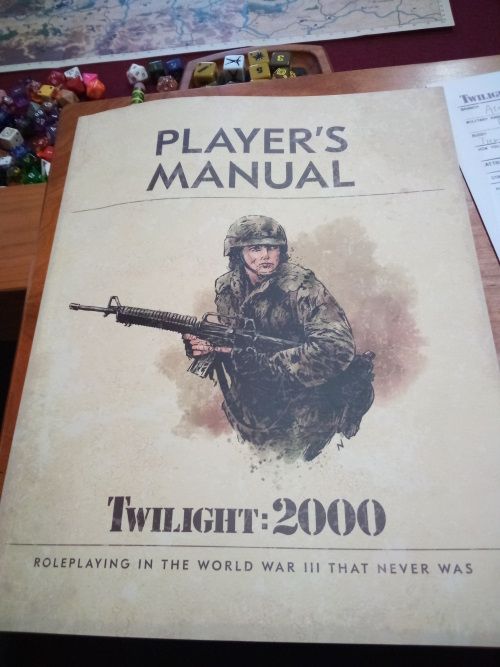
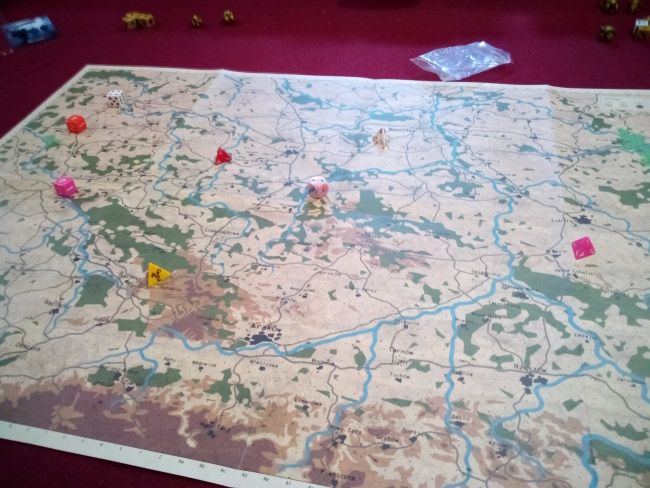

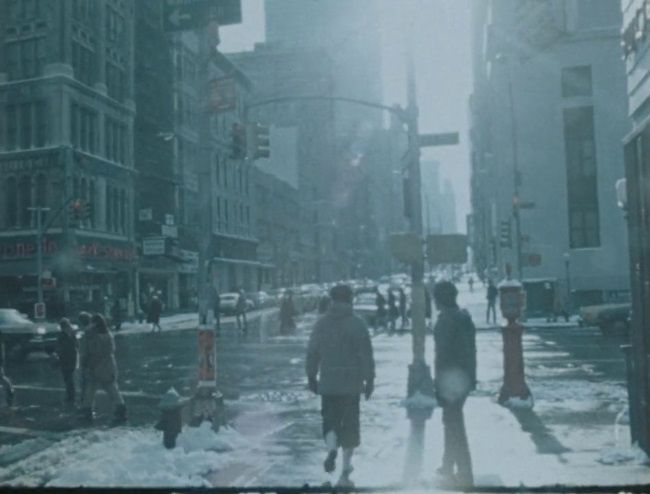
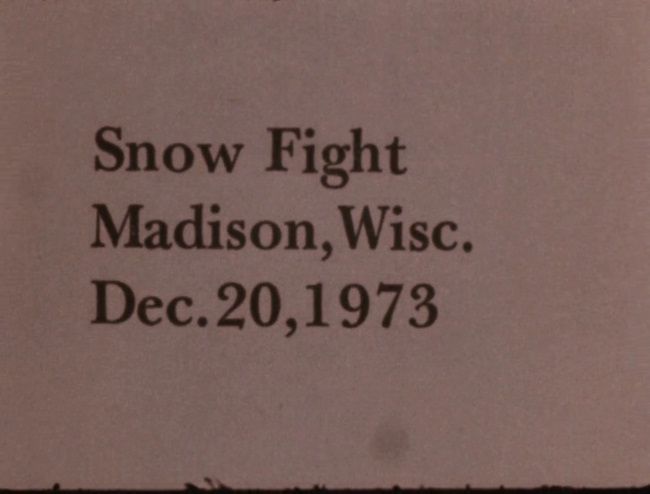
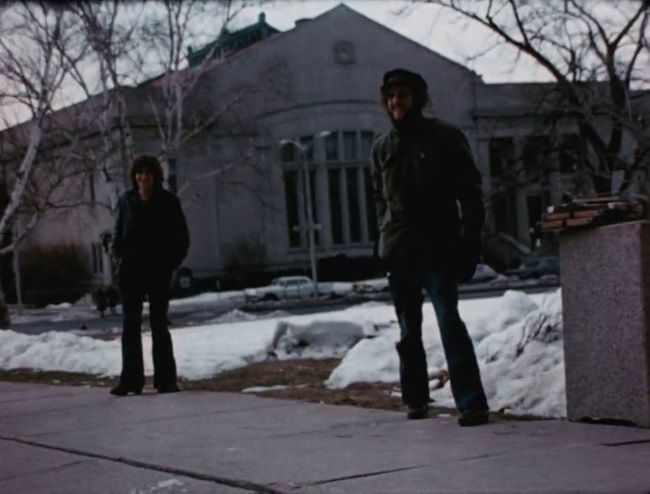

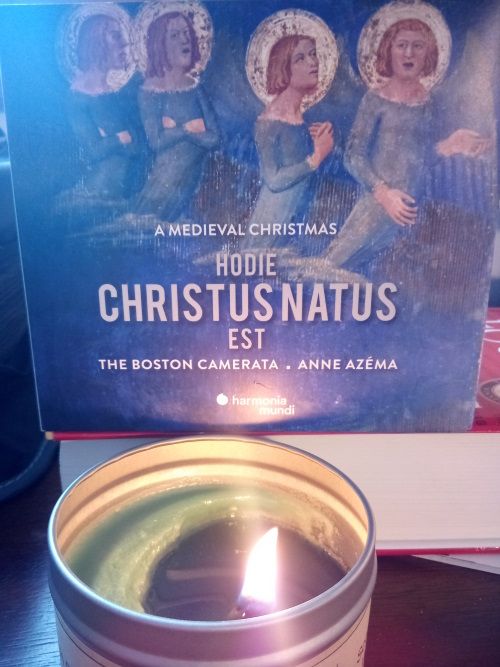

No comments:
Post a Comment